
Filter News
Area of Research
- Advanced Manufacturing (8)
- Biological Systems (1)
- Biology and Environment (56)
- Biology and Soft Matter (1)
- Building Technologies (3)
- Computational Biology (1)
- Computational Engineering (1)
- Computer Science (9)
- Electricity and Smart Grid (1)
- Energy Science (109)
- Functional Materials for Energy (2)
- Fusion and Fission (15)
- Fusion Energy (6)
- Isotopes (3)
- Materials (98)
- Materials for Computing (6)
- National Security (30)
- Neutron Science (40)
- Nuclear Science and Technology (11)
- Quantum information Science (3)
- Supercomputing (70)
- Transportation Systems (1)
Date
News Topics
- 3-D Printing/Advanced Manufacturing (27)
- Advanced Reactors (11)
- Artificial Intelligence (26)
- Big Data (16)
- Bioenergy (28)
- Biology (28)
- Biomedical (11)
- Biotechnology (4)
- Buildings (16)
- Chemical Sciences (15)
- Clean Water (10)
- Composites (5)
- Computer Science (55)
- Coronavirus (9)
- Critical Materials (4)
- Cybersecurity (12)
- Element Discovery (1)
- Energy Storage (33)
- Environment (55)
- Exascale Computing (10)
- Fossil Energy (1)
- Frontier (12)
- Fusion (12)
- Grid (18)
- High-Performance Computing (16)
- Hydropower (8)
- Irradiation (1)
- Isotopes (5)
- ITER (2)
- Machine Learning (15)
- Materials (37)
- Materials Science (36)
- Mercury (2)
- Microscopy (18)
- Molten Salt (1)
- Nanotechnology (15)
- National Security (17)
- Neutron Science (33)
- Nuclear Energy (27)
- Partnerships (8)
- Physics (16)
- Polymers (7)
- Quantum Computing (7)
- Quantum Science (19)
- Security (6)
- Simulation (6)
- Space Exploration (8)
- Summit (16)
- Transportation (22)
Media Contacts
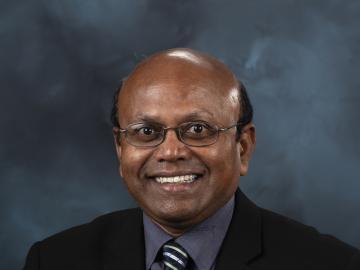
The Director’s Awards were presented by ORNL Director Thomas Zacharia during Saturday night’s annual Awards Night event hosted by UT-Battelle, the management and operating contractor of ORNL for the Department of Energy.
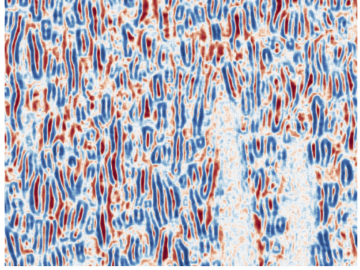
Beyond solids, liquids, gases, plasma, and other examples only accessible under extreme conditions, scientists are constantly searching for other states of matter.
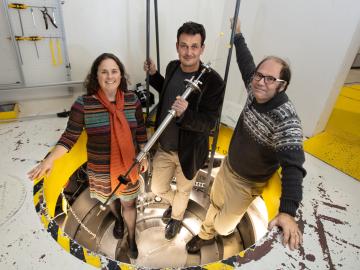
Scientists at the U.S. Department of Energy’s Brookhaven National Laboratory have new experimental evidence and a predictive theory that solves a long-standing materials science mystery: why certain crystalline materials shrink when heated.
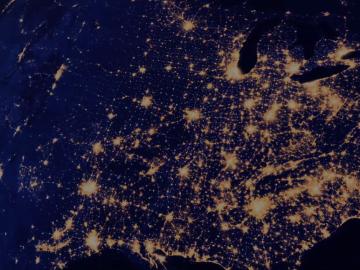
Oak Ridge National Laboratory researchers will lead two new projects and support seven more to enhance the reliability and resilience of the nation’s power grid as part of the U.S. Department of Energy’s 2019 Grid Modernization Lab Call.
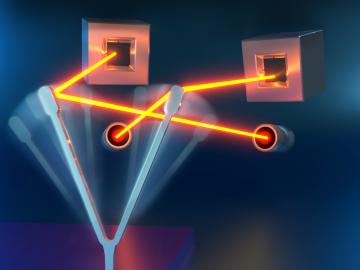
Researchers at ORNL and the National Renewable Energy Laboratory took inspiration from flying insects to demonstrate a miniaturized gyroscope, a special sensor used in navigation technologies.

If humankind reaches Mars this century, an Oak Ridge National Laboratory-developed experiment testing advanced materials for spacecraft may play a key role.
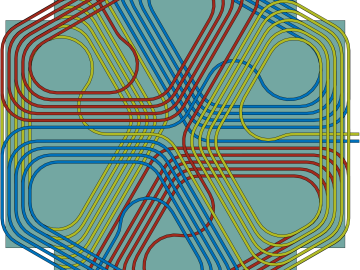
ORNL researchers created and tested new wireless charging designs that may double the power density, resulting in a lighter weight system compared with existing technologies.
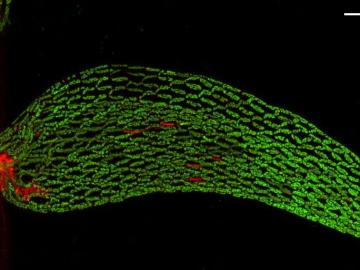
A team of scientists found that critical interactions between microbes and peat moss break down under warming temperatures, impacting moss health and ultimately carbon stored in soil.
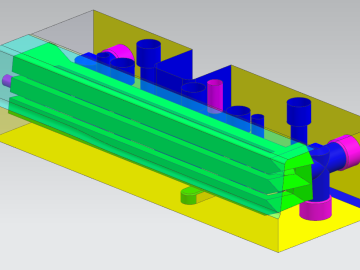
Researchers demonstrated that an additively manufactured hot stamping die can withstand up to 25,000 usage cycles, proving that this technique is a viable solution for production.
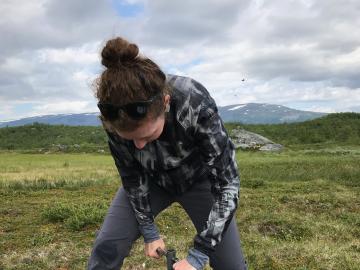
Elizabeth Herndon believes in going the distance whether she is preparing to compete in the 2020 Olympic marathon trials or examining how metals move through the environment as a geochemist at the Department of Energy’s Oak Ridge National Laboratory.


